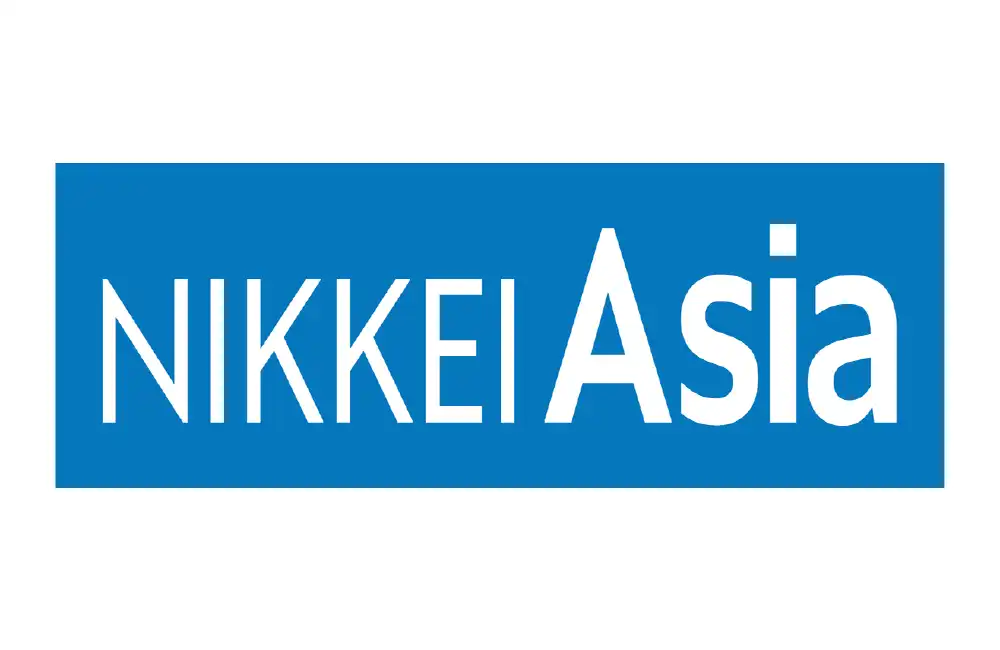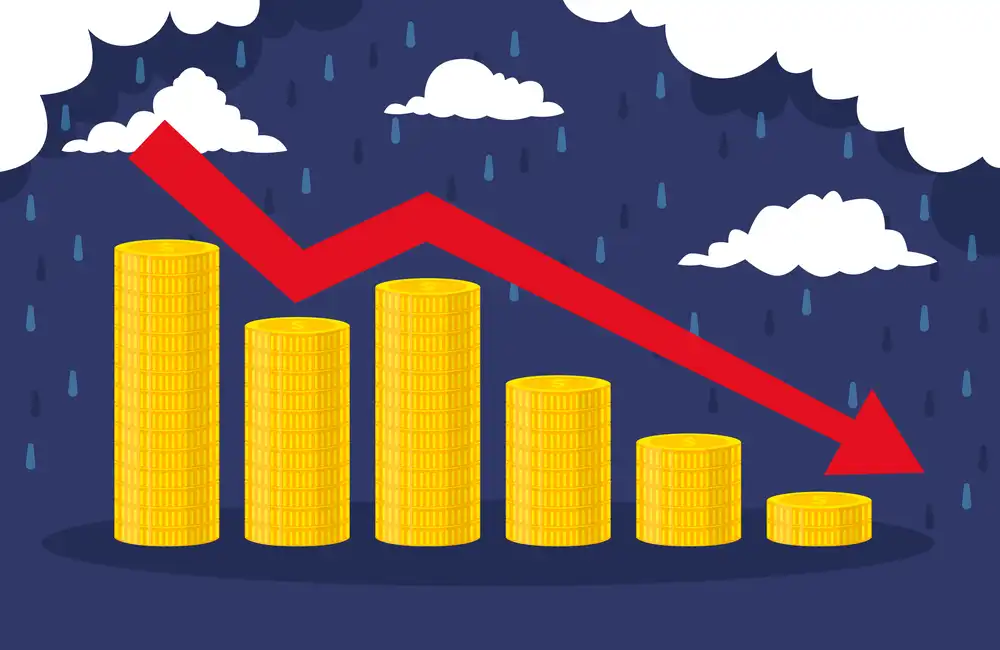The global supply chains comprise complex networks which link production processes with transportation systems and consumption patterns worldwide.
Current global supply chains face escalating stress and frequently encounter unexpected interruptions. The slowdown of goods movement through supply chain disruptions triggers widespread changes in commodity prices which impacts the cost of products like gold and copper. Investors who grasp this dynamic can exploit market volatility for strategic advantages.
What Causes Supply Chain Disruptions?
Multiple elements usually combine to create disruptions in supply chains instead of a single cause. Supply chain disruptions usually emerge from multiple complicated factors working together. Some of the most significant causes include:
1. Geopolitical Conflicts
Geopolitical conflicts such as trade wars and sanctions alongside territorial disputes have the power to severely disrupt international supply chains. The trade restrictions that emerged from the United States-China tension coexist with the disruption of wheat and natural gas supplies through Eastern Europe because of the war in Ukraine.
2. Natural Disasters and Climate Extremes
Natural disasters like hurricanes and extreme weather events including floods and droughts can disable major port operations and halt mining activities or postpone agricultural harvests. Soybean production in South America has suffered due to drought conditions which affect a major global commodity. When these events occur they decrease commodity supply which leads to higher prices.
3. Logistical Bottlenecks
The pandemic showed how vulnerable global logistics systems are. Supply chains experienced further stress from rising shipping costs while massive delays arose from labour shortages and port congestion along with container shortages. The recovery process from these logistical bottlenecks shows inconsistent progress across different areas.
4. Trade Policy Shifts
Trade policy changes like new tariffs or export bans result in immediate supply chain disruptions. Indonesia executed an export ban on nickel ore which resulted in a drastic price increase because it dominates global nickel supply.
The Impact on Key Commodities
Different commodities experience varying effects from supply chain disruptions while the impact on specific metals stands out as very noticeable. This analysis examines how mining, production, and shipping interruptions drive changes in commodity prices.
Gold
Gold which serves as a secure investment option during global crises experiences price hikes when mining regions face production interruptions. Political instability in key mining nations such as South Africa can restrict production capabilities leading to higher commodity prices.
Lithium
Lithium serves as a critical component in electric vehicle batteries which fuels its high demand for sustainable energy solutions. When hard-rock mines in Australia face supply disruptions or when brine production in Chile and Argentina encounters obstacles prices can experience rapid increases. The surge in EV demand alongside insufficient supply channels has made lithium one of today's most volatile commodities.
Copper
Copper remains essential for industrial processes and electrical wiring alongside its use in renewable energy systems. Price volatility increases when there are even small disruptions in mining operations in Peru or Chile or problems with copper transportation and smelting. In regions afflicted by political unrest copper prices have experienced rapid increases.
Why Volatility Creates Investment Opportunities
Supply chain disruptions present challenges but reveal unique investment opportunities for knowledgeable investors. Market dynamics shift during times of price volatility which allows investors who understand trends to gain a competitive advantage.
Gold becomes a preferred investment vehicle during unstable times because it serves as a reliable protective measure against inflation and economic contractions. The tightening supply of industrial metals such as lithium and copper creates potential investment opportunities because their demand increases due to technological advancements.
Four Main Factors Create Investment Opportunities During Times of Market Volatility
- Discounted Entries: Momentary price reductions create attractive purchase opportunities for commodities expected to experience sustained demand growth.
- Hedging Against Inflation: Commodities maintain a superior performance over other asset classes in inflationary times which makes them indispensable for investment portfolios.
- High Returns from Well-Timed Trades: Knowledge of supply chain and commodity interconnections enables investors to execute trades at optimal times and benefit from price rebounds.
Staying Ahead with Advisor’s Gateway
To effectively manage commodity price fluctuations resulting from supply chain disruptions requires expert analysis and practical insights. Advisor’s Gateway creates a significant impact in this context.
Through our biweekly newsletter investors have received timely alerts about significant market changes prior to their occurrence. We've helped investors take advantage of market volatility through our risk warnings about lithium supply and identification of gold market trends in unstable geopolitical environments.
In late 2022 our subscribers were given exclusive forecasts about upcoming copper supply constraints resulting from South American disruptions. Market participants who utilised this information achieved profits from the copper price upswing that followed.
Sign Up for Smarter Investing
The issues disrupting global supply chains will persist for the foreseeable future. Applying proper knowledge enables you to convert uncertain situations into profitable opportunities. Subscribe to Advisor’s Gateway’s biweekly newsletter to remain informed about emerging market trends and disruptions.
Advance your investment methods by downloading our exclusive guide which teaches you to use market volatility to your advantage with confidence. Our expert insights enable you to make smarter, more informed investment decisions.
Enroll today to develop the competitive advantage required to succeed in today’s challenging commodity markets.



















